Sacheverell Sitwell - Muses & the Beau Monde
- Lilium

- Jan 27, 2021
- 3 min read

Sir Sacheverell Reresby Sitwell, 6th Baronet CH, born 15 November 1897, was an English writer, best known as an art critic, music critic (his books on Mozart, Liszt, and Domenico Scarlatti are still consulted), and writer on architecture, particularly the baroque. Dame Edith Sitwell and Sir Osbert Sitwell were his older siblings.
Sacheverell Sitwell was the youngest child of Sir George Sitwell, 4th Baronet, of Renishaw Hall. His mother was the former Lady Ida Emily Augusta Denison, a daughter of the 1st Earl of Londesborough and a granddaughter of Henry Somerset, 7th Duke of Beaufort.

Born in Scarborough, North Yorkshire, he was brought up in Renishaw Hall in Derbyshire, the Sitwell family seat for over 150 years. He was educated at Eton College and Balliol College, Oxford. In World War I he served from 1916 in the British Army, in the Grenadier Guards.
After the war he returned to Balliol College in Oxford but did not complete a degree, and was heavily involved in Osbert and Edith's projects. Sacheverell became a member of White's and St James's Gentlemen's clubs.
On 12 October 1925 he married a Canadian daughter of a wealthy banker, Georgia Doble. They had two sons: Reresby and Francis. Georgia Doble had difficulty adapting to married existence and missed the social life in London. Despite affairs on both sides, they remained deeply attached to each other until the end and never officially separated. The personal correspondence of Doble, preserved at the Harry Ransom Center at the University of Texas, include letters with David Stuart Horner and Frank Magro, Osbert Sitwell's partners, and friends like Lawrence Audrain, John Lehmann, Loelia Lindsay, René Massigli, Evelyn Waugh, and Mae West.
Sacheverell was a prolific writer and produced some 50 volumes of poetry and some 50 works on art, music, architecture, and travel. Among his most remarkable and original works are a series of lengthy autobiographical and art-based "fantasias" such as "For Want of the Golden City", "The Hunters and the Hunted" and "Dance of the Quick and the Dead" (1936). He was also the author of the book Poltergeists (1940). It reviewed poltergeist cases over the centuries. He concluded that many cases could be explained by human trickery (conscious or unconscious) and hysteria.
Constant Lambert set to music The Rio Grande, one of Sacheverell poems, and it was performed and broadcast in 1928.
In his later life he withdrew from the publicity that attached to the Sitwells collectively, instead preferring to travel and concentrate on writing. His main residence was Weston Hall, Northamptonshire, the family home and he served as High Sheriff of Northamptonshire for 1948.
As his poetry was so severely criticised, particularly by those who disliked the Sitwells in general, and although Canons of Giant Art was a work of considerable impact, he refused to publish any of his poems for many years. In 1967 Derek Parker would publish a selection of his poems in the summer edition of Poetry Review, including his elegy for his beloved sister Edith. Below in an excerpt from one of his poems:
The Lady and the Rooks
It is nothing here but afternoon,
The leaves falling, and the cindered sun,
Come catch the dropping day
And tread its sisters on the thick-strewn path
While we talk of this anomaly
And tell its different from those that went before;
How we breath the present, little end of past,
And only from those catches and the mist before our lips
Can we tell that we are living,
That we stir in this crystal, and its walls are not our coffin!
Where are the doves gone that crooned through the summer,
Hid in a green cloister at the elm's high towers?
And why are the lutes dumb that rattled at our windows?
By day, there was no moment that the air was still:
We could see its hands among the tender boughs
While it shook the white damson to a mimic snow,
And apple and almond were two sisters to its sighs;
By night, it was no gentler, but blew upon our windows:
He became the 6th baronet, inheriting the title when Osbert died in 1969. He was made a Companion of Honour in 1984. Below is a part of a documentary about William Walton which begins with Sacheverell remembering his friend and composer. In the documentary Walton explores the time he spent with the Sitwells and the impact the families friendship had on his life.
Sacheverell Sitwell died aged 90 in October 1988 and is buried in the churchyard of Weedon Lois in Northamptonshire, near his sister Edith.


















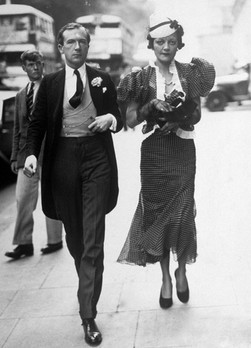























































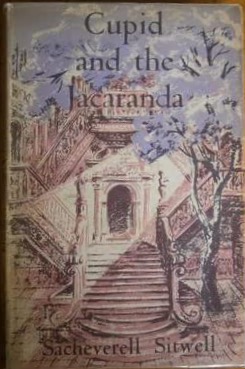





























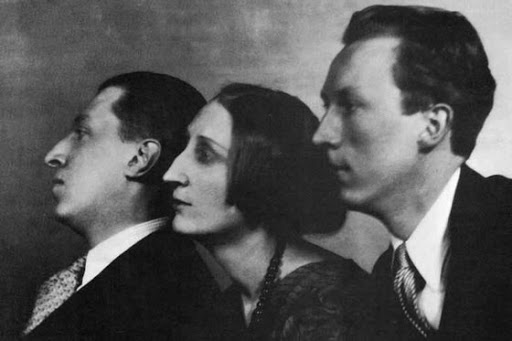



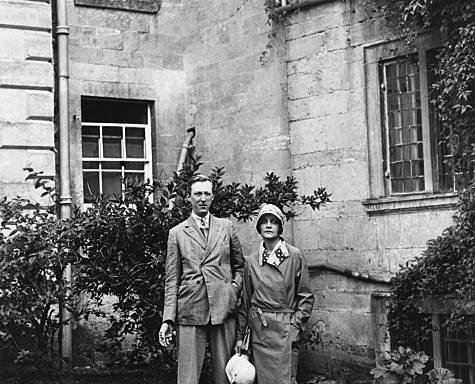



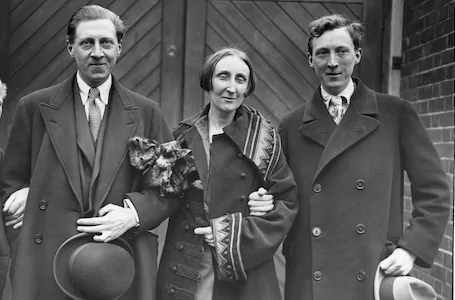





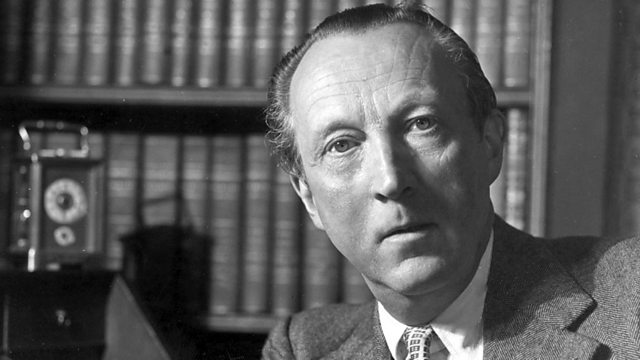
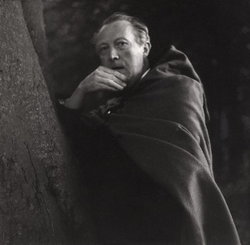













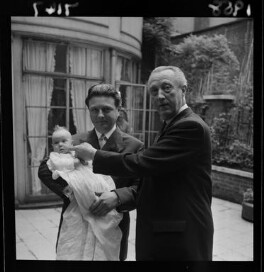



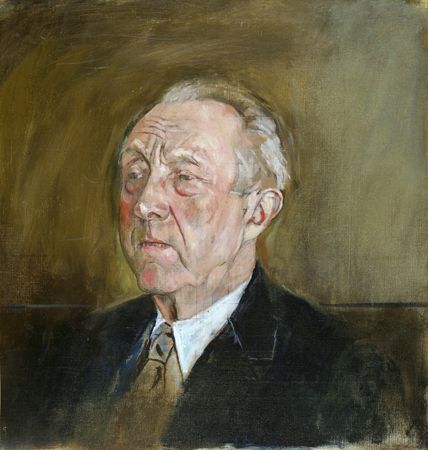









Comments